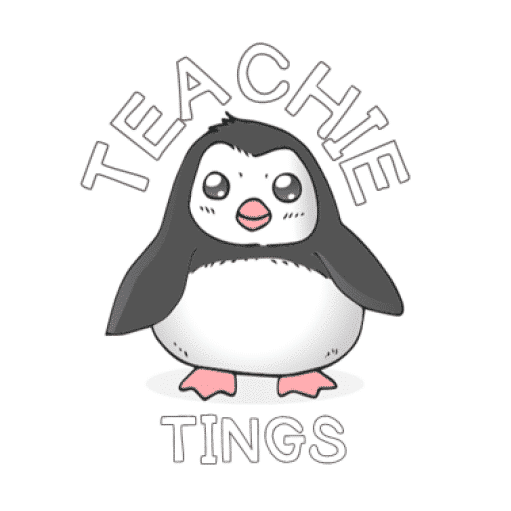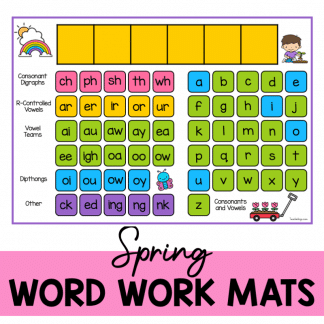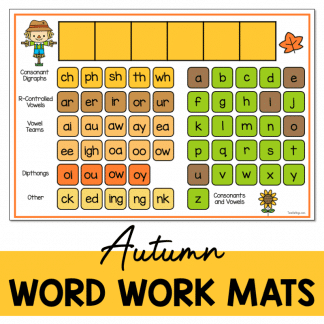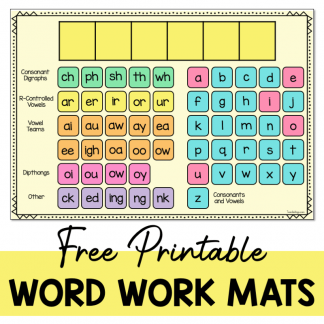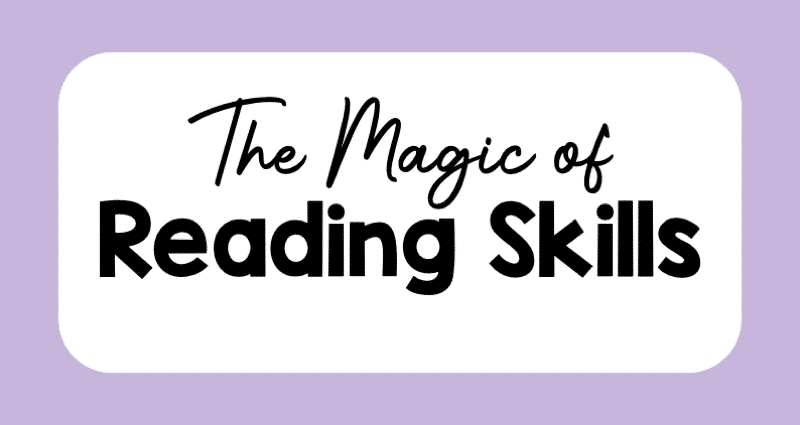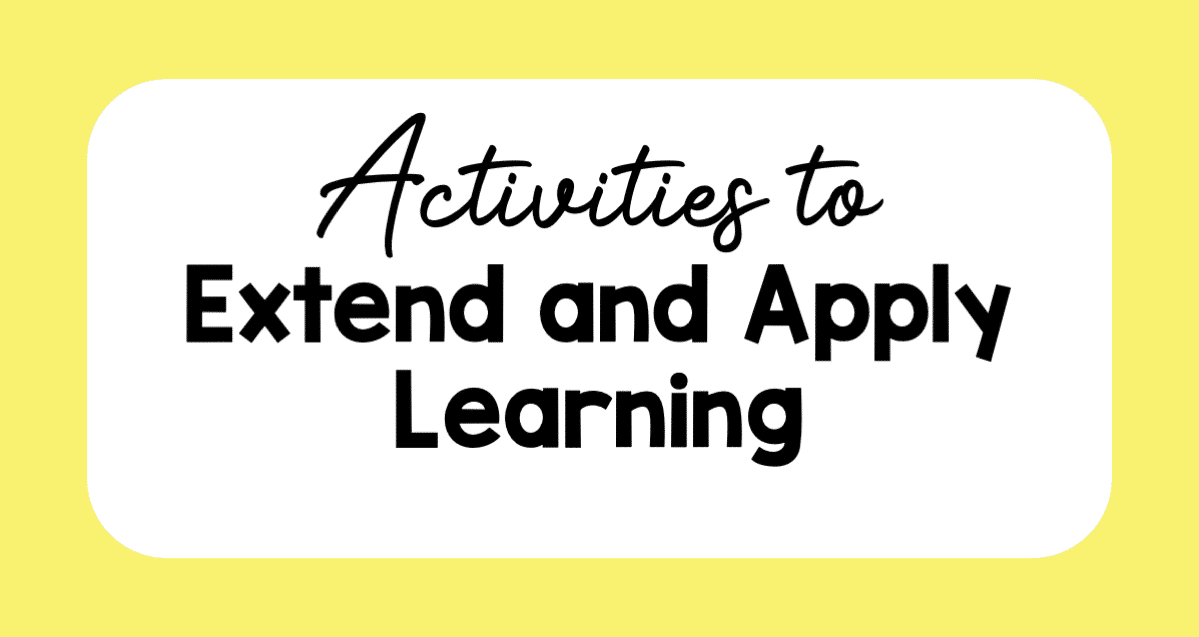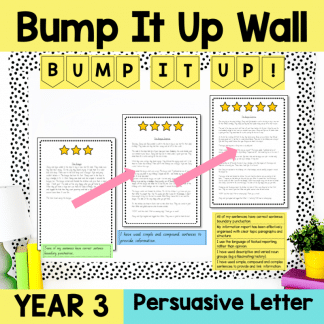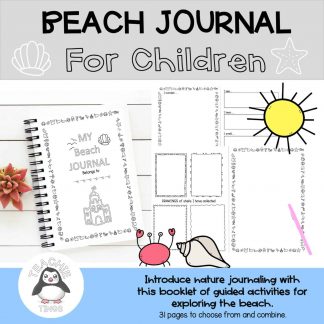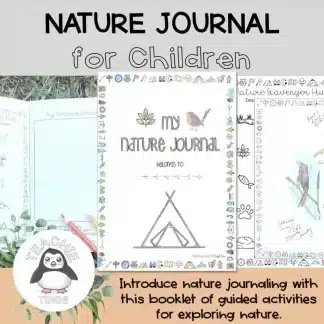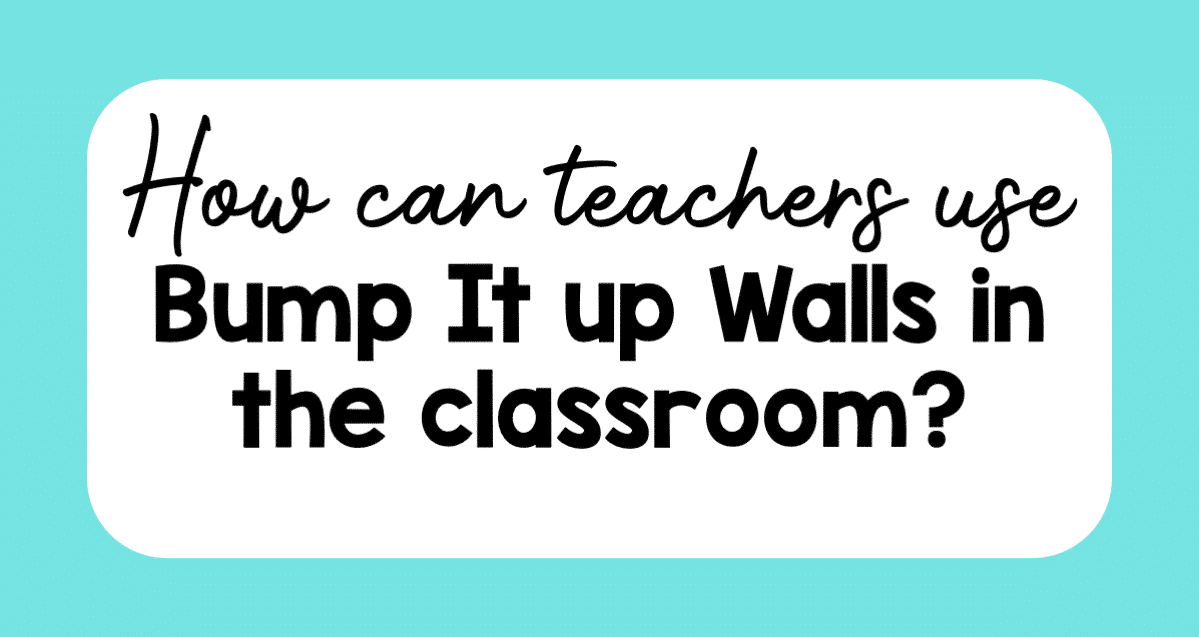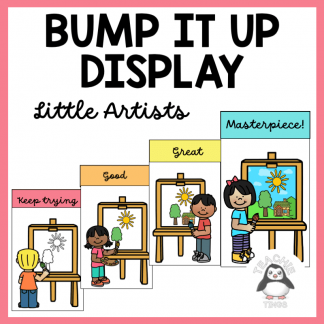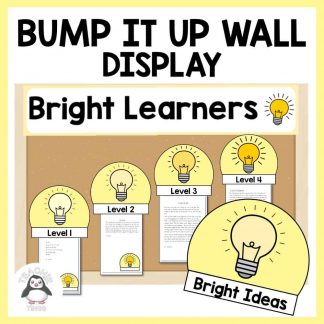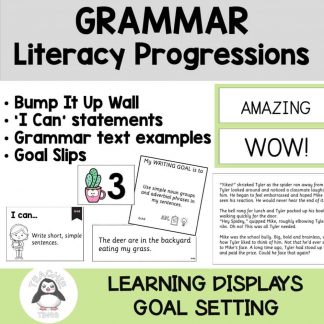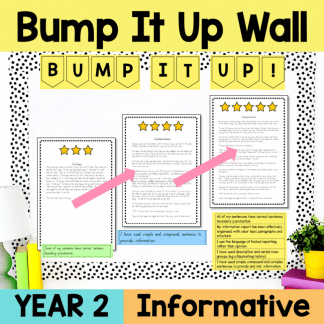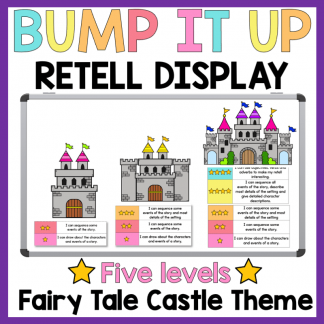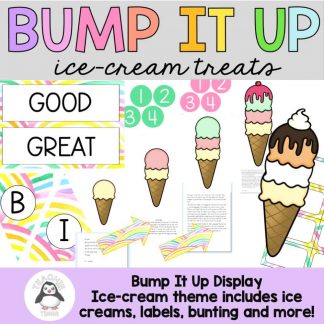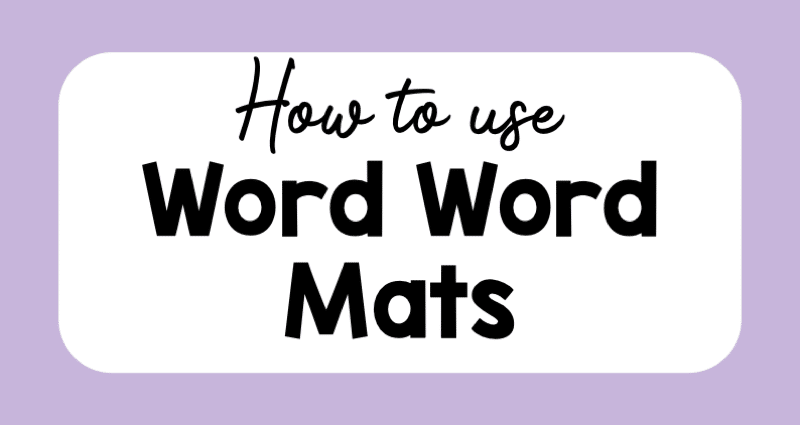
A valuable tool that has gained popularity in recent years is the Printable Word Work Mat. This approach can significantly enhance a child’s language development. In this blog post, we will explore what Word Work Mats are and how to use word work mats to support literacy skills in children.
What Is a Printable Word Work Mat?
Before diving into the practical applications of Word Work Mats, let’s start with a brief overview of what they are. A Printable Word Work Mat is a visually engaging and interactive tool designed to help children build and reinforce their reading and spelling skills. Instead of working with magnetic letters or letter tiles (which have their place, but can be messy and time-consuming), our word mats are printable and include different letter sounds and sound boxes for encoding words.
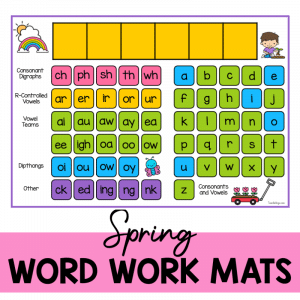
Getting Started with Word Work Mats
- Select Your Word Family: The first step in using a Word Work Mat is to choose a word family or specific words you want the child to focus on. Word families are groups of words that share a common base, such as “cat,” “bat,” and “hat.”
- Print the Word Work Mat: After selecting your word family or words, print out a Word Work Mat that fits your requirements. You can find a variety of pre-designed Word Work Mats in our free subscription.
- Gather Materials: Gather the materials you’ll need, such as dry erase markers.
Using the Word Work Mat
Now that you have everything ready, let’s delve into how to use the Word Work Mat effectively:
- Introduce the Word Family: Begin by introducing the selected word family or words to the child. Encourage them to say each word aloud to familiarize themselves with the sounds.
- Place the Mat. Place the Word Work Mat in front of the child, ensuring they have a clear view of it.
- Identify and Write Letters. Ask the child to identify the letters on the mat to form the words, writing each sound in the boxes above.
- Spelling Practice. For more advanced learners, encourage them to practice spelling words from the selected word family independently. They can use the mat as a reference and self-check their spelling.
- Use in Sentences. Extend the learning by encouraging the child to use the words they’ve built on the mat in sentences. This step reinforces comprehension and application of the newly acquired words.
Tips for Success
- Keep sessions short and engaging to maintain the child’s interest and focus.
- Adapt the difficulty level to match the child’s proficiency. Start with simple word families and gradually progress to more complex ones.
- Celebrate achievements to boost the child’s confidence and motivation.
- Encourage regular practice to reinforce learning and build fluency.
Printable Word Work Mats are a valuable resource for parents and educators alike in fostering literacy skills in young learners. They can make the learning process enjoyable and effective. Incorporate them into your teaching or home-learning routine to unlock the full potential of your child’s language development journey.
